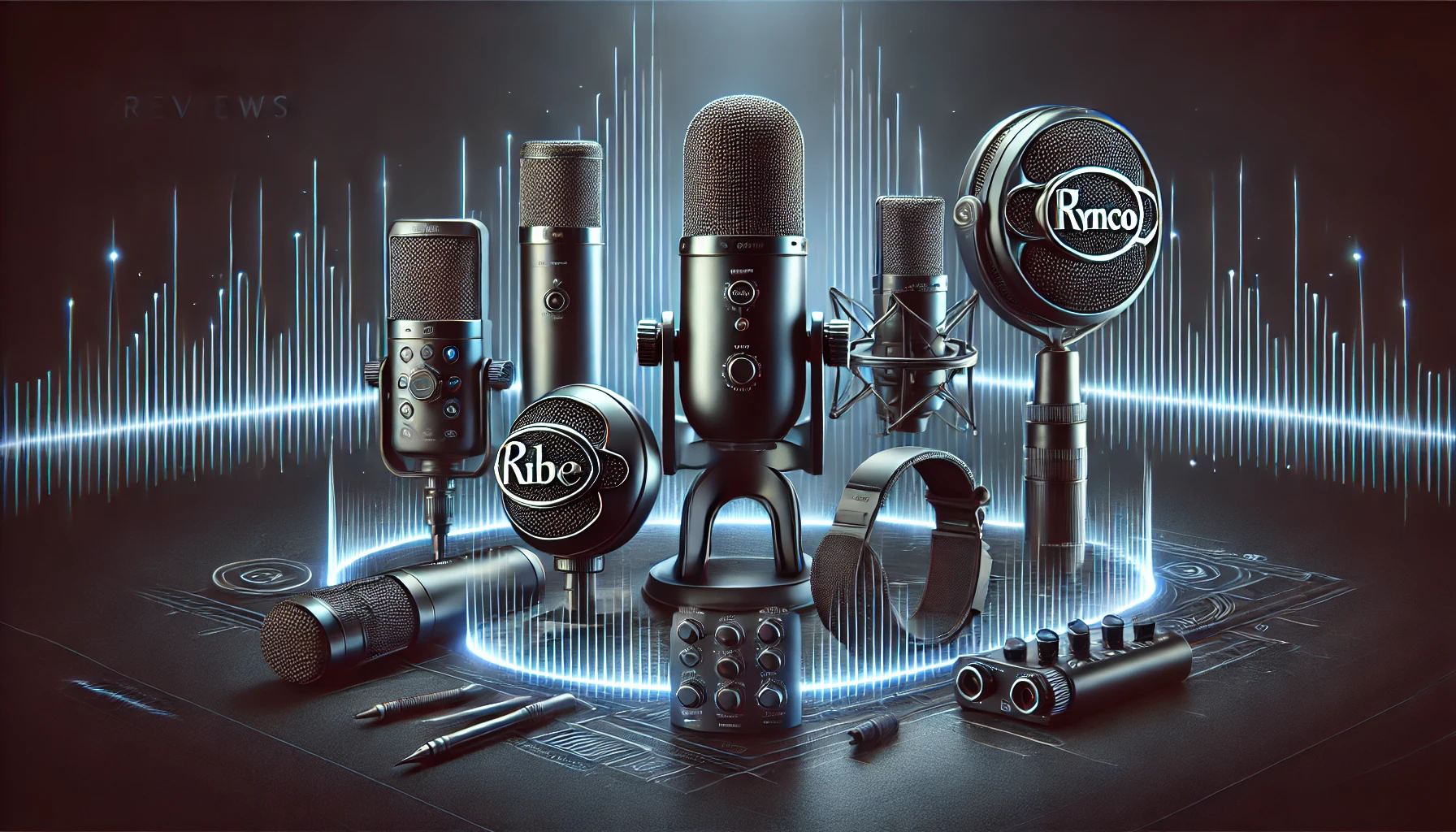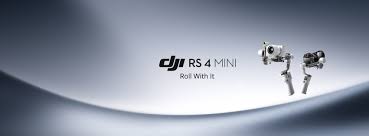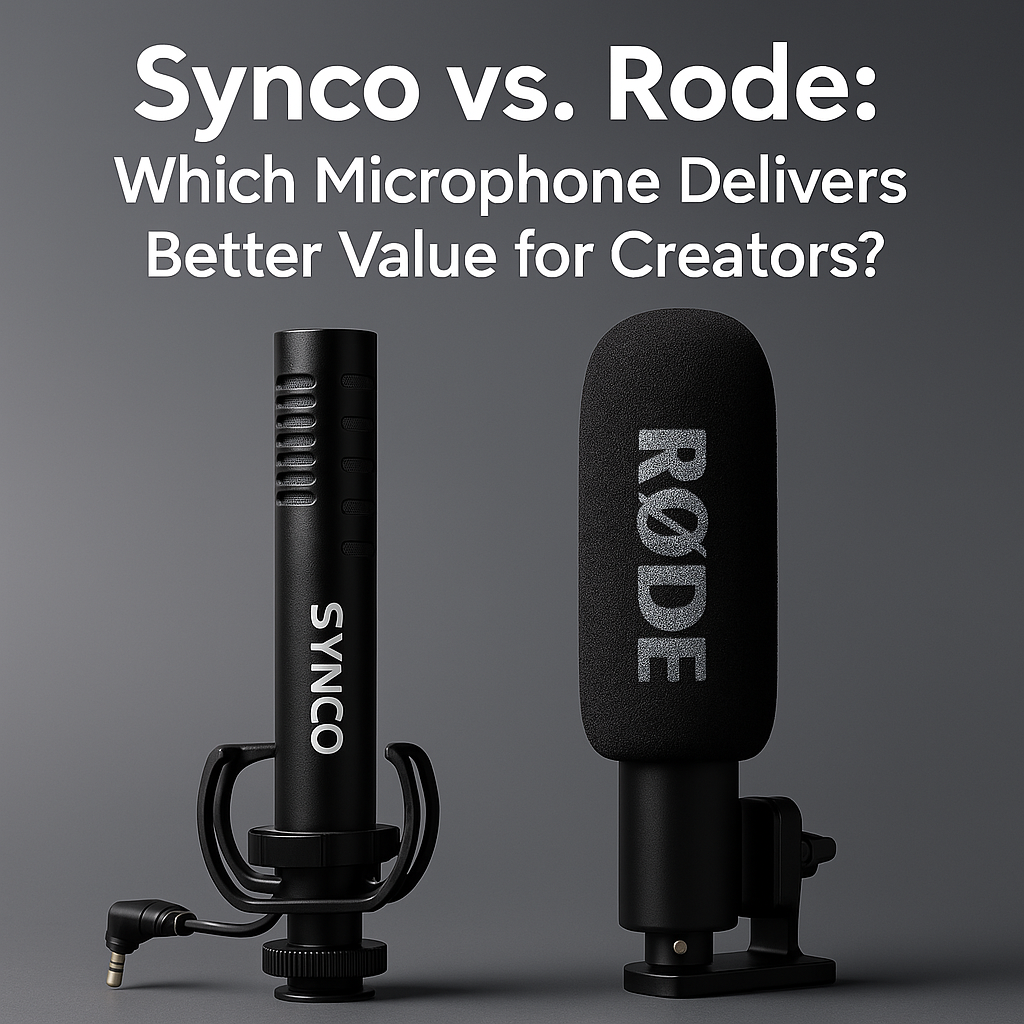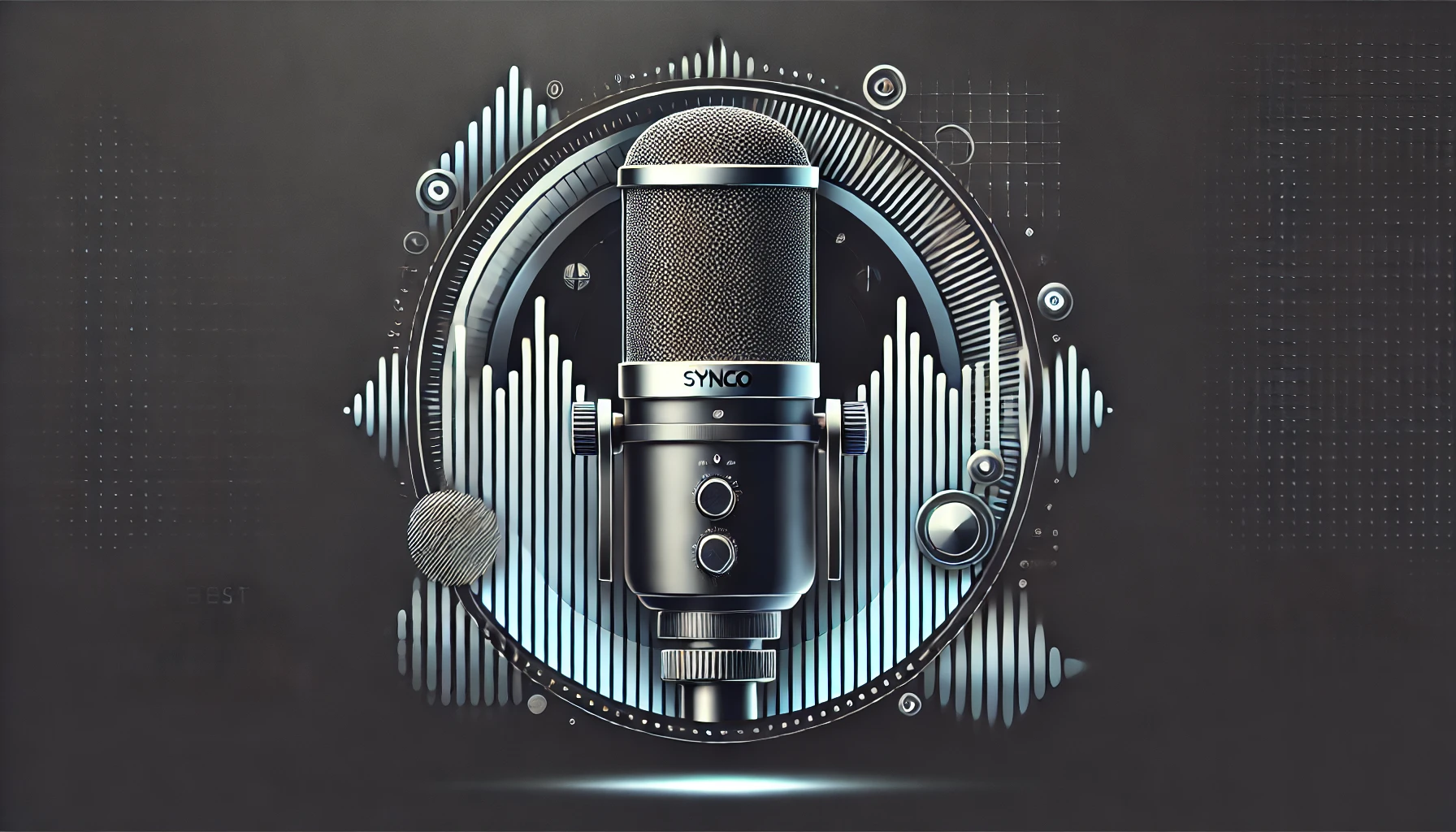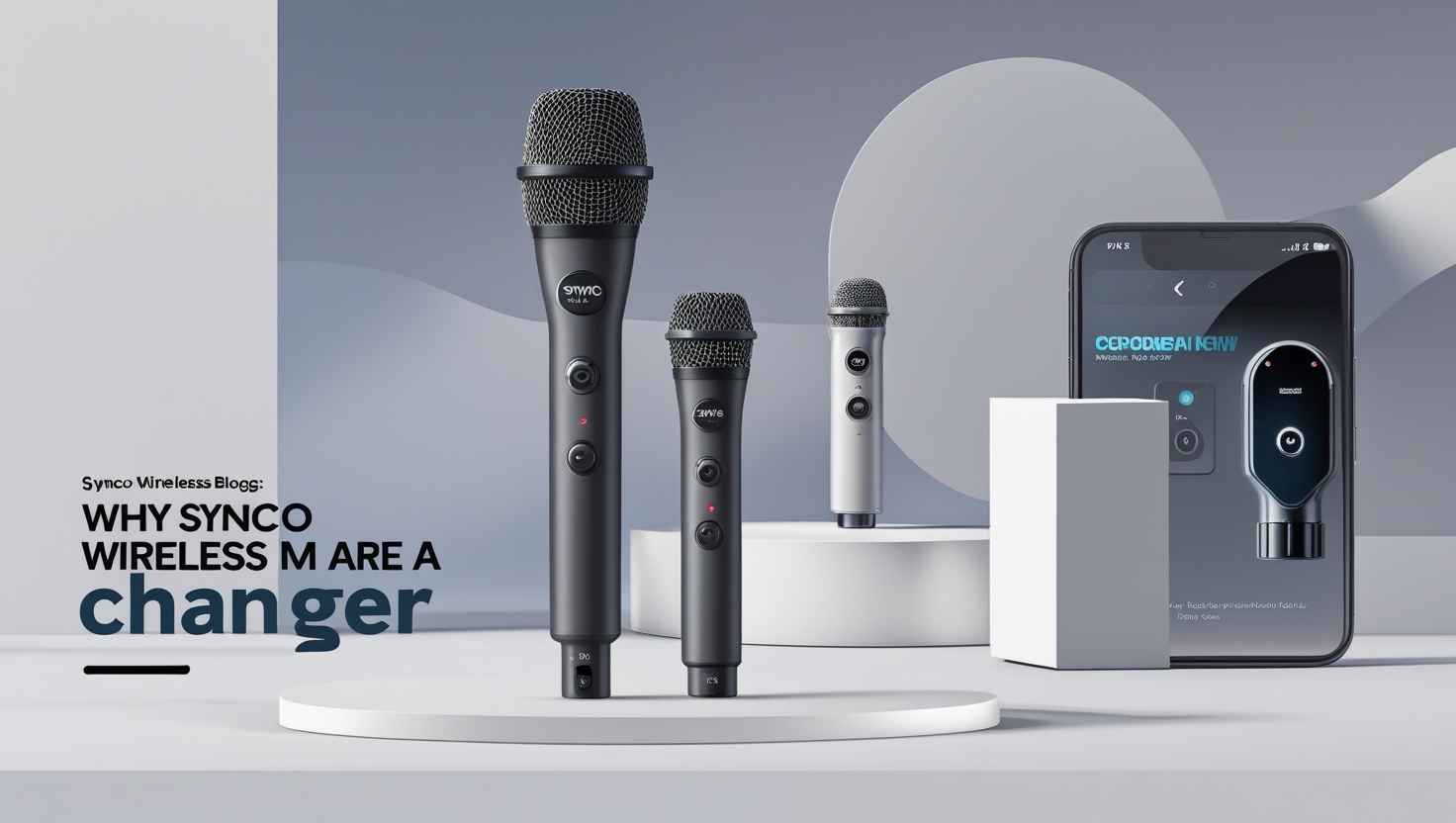Best Boom Microphones for Video Shoots and Interviews in 2025
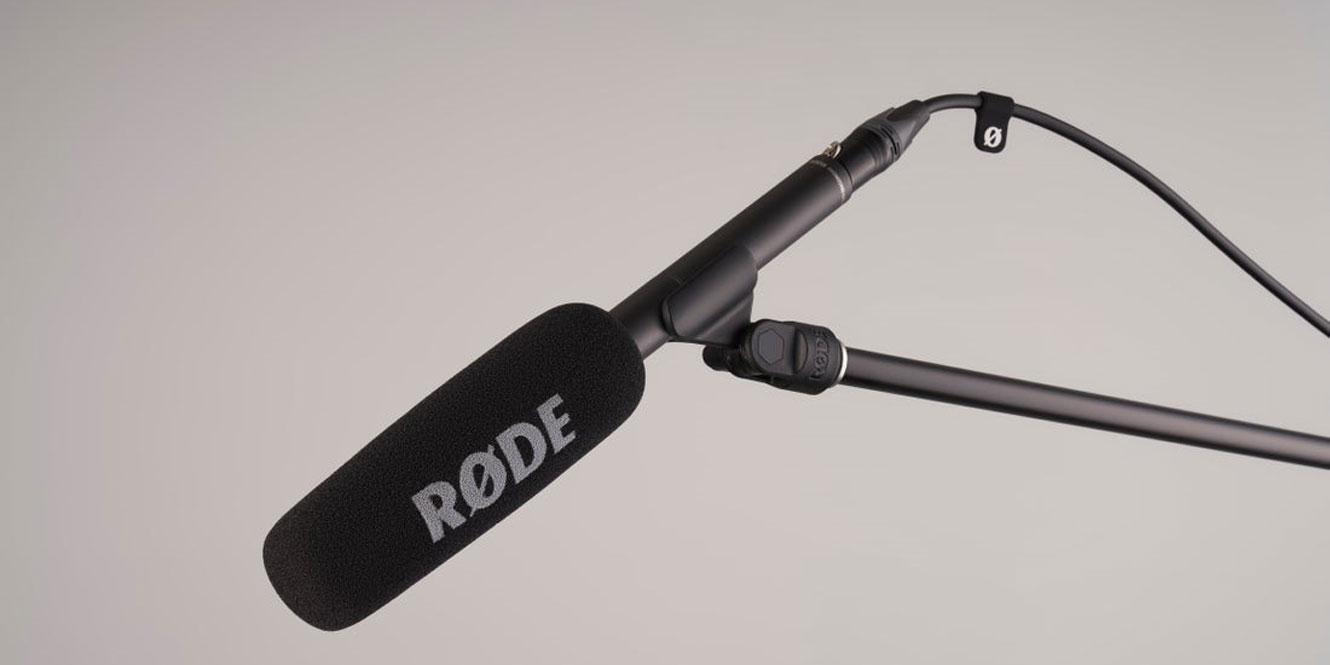
Strong 8k brings an ultra-HD IPTV experience to your living room and your pocket.
Capturing clean, focused audio is just as important as having sharp visuals—especially in professional video shoots and interviews. In 2025, boom microphones remain the gold standard for filmmakers, documentarians, and content creators who need directional audio without a microphone in the frame. Whether you're filming a sit-down interview or a run-and-gun scene, the right boom mic helps isolate voices from ambient noise and delivers cinematic sound.
This guide breaks down the best boom microphones in 2025, key features to consider, and how to choose the right one for your filming style and environment.
What Is a Boom Microphone?
A boom microphone refers to a directional shotgun mic mounted on a boom pole, allowing audio to be captured from above or below the subject without entering the camera frame. These microphones are highly sensitive in one direction (usually front-facing) and are designed to reject noise from the sides and rear.
Boom mics are often used in:
- Interviews
- Film and TV shoots
- YouTube documentaries
- Corporate videos
- On-location recording
They deliver more natural voice pickup than lavaliers while offering greater flexibility in mic placement.
Key Features to Look for in Boom Microphones
Before choosing a boom mic, it's important to consider the following features:
1. Polar Pattern
Most boom mics use supercardioid or lobar patterns, which are highly directional and focused. These are ideal for capturing subjects at a distance while minimizing room echo or outdoor noise.
2. Frequency Response
A flat frequency response (especially in the midrange) ensures that vocals sound natural. Some mics offer low-cut filters to reduce rumble or wind noise, which is useful for field interviews.
3. Power Source
Boom mics typically require phantom power (48V) or batteries. Ensure your camera, field recorder, or preamp supports the mic’s power requirements.
4. Build and Length
Longer shotgun mics are more directional and useful for outdoor shoots. Shorter versions are better for tight indoor spaces where reflections can be a problem.
5. Mounting and Accessories
Boom mics perform best with shock mounts, windshields (foam or furry), and high-quality XLR cables. These reduce handling noise, wind interference, and other unwanted sounds.
Best Boom Microphones for Filmmakers and Interviewers in 2025
Rode NTG5
The Rode NTG5 is a lightweight shotgun microphone built for professional video work. It has a smooth frequency response, tight pickup pattern, and comes with a full accessory kit including a windshield and shock mount. It’s great for both outdoor and indoor shoots, and its RF-bias technology reduces humidity interference—ideal for the unpredictable weather in Pakistan.
Sennheiser MKE 600
A favorite among DSLR and mirrorless shooters, the MKE 600 offers excellent off-axis rejection and crisp voice capture. It runs on either phantom power or AA battery, making it extremely versatile for both studio setups and mobile recording rigs.
This mic is especially good for interviews thanks to its clean low-end, making voices sound rich and full without requiring much post-processing.
Deity S-Mic 2
The Deity S-Mic 2 stands out for its broadcast-grade sound quality at a mid-tier price. Its rugged build and excellent side rejection make it a go-to for outdoor shoots, even in noisy environments. It’s also compatible with all major field recorders and cameras.
Deity’s boom mics are increasingly popular among content creators and documentary filmmakers due to their clean sound and reliable performance.
Audio-Technica AT897
The AT897 is a compact shotgun mic ideal for ENG-style interviews and tight filming locations. It offers excellent directionality in a smaller form factor and works well with both handheld booms and camera rigs. It’s a great option for mobile interview setups or YouTube creators filming in homes and studios.
Sanken CS-M1
For high-end productions, the Sanken CS-M1 is among the shortest shotgun mics delivering full-bodied sound. It performs beautifully in indoor dialogue scenes and excels in reflective spaces where longer mics may struggle. Its compact size makes it easy to boom in small rooms without sacrificing audio quality.
Boom Mic Setup Tips for Interviews and Video Shoots
To get professional results, it’s not just about choosing the right mic—it’s also how you use it. Here are a few practical tips:
Boom from above: Position the mic just outside the camera frame, angled toward the subject’s mouth. This captures voice naturally and avoids clothing noise.
Maintain consistent distance: Aim to keep the mic about 1–2 feet away from the speaker for best results.
Use wind protection: Foam windshields are fine indoors, but outdoors, a dead cat (furry cover) is essential.
Monitor your audio: Always use headphones and record to a field recorder or external device for clean sound.
Avoid handling noise: Use a shock mount and train boom operators to move smoothly.
If you're pairing your boom audio with video captured on a DSLR or mirrorless system like Sony’s Alpha series, upgrading your visuals with the right lens for sony camera can complement your pro-level sound with equally sharp and cinematic footage.
Final Thoughts
Boom microphones are an essential part of any serious video production kit. In 2025, the options are more versatile and accessible than ever—allowing even small teams or solo creators in Pakistan to record clean, professional-grade audio for interviews, films, and digital content.
Whether you're filming in a studio, capturing voices in the field, or producing branded content for YouTube, a well-chosen boom mic will elevate your entire production.
Note: IndiBlogHub features both user-submitted and editorial content. We do not verify third-party contributions. Read our Disclaimer and Privacy Policyfor details.



